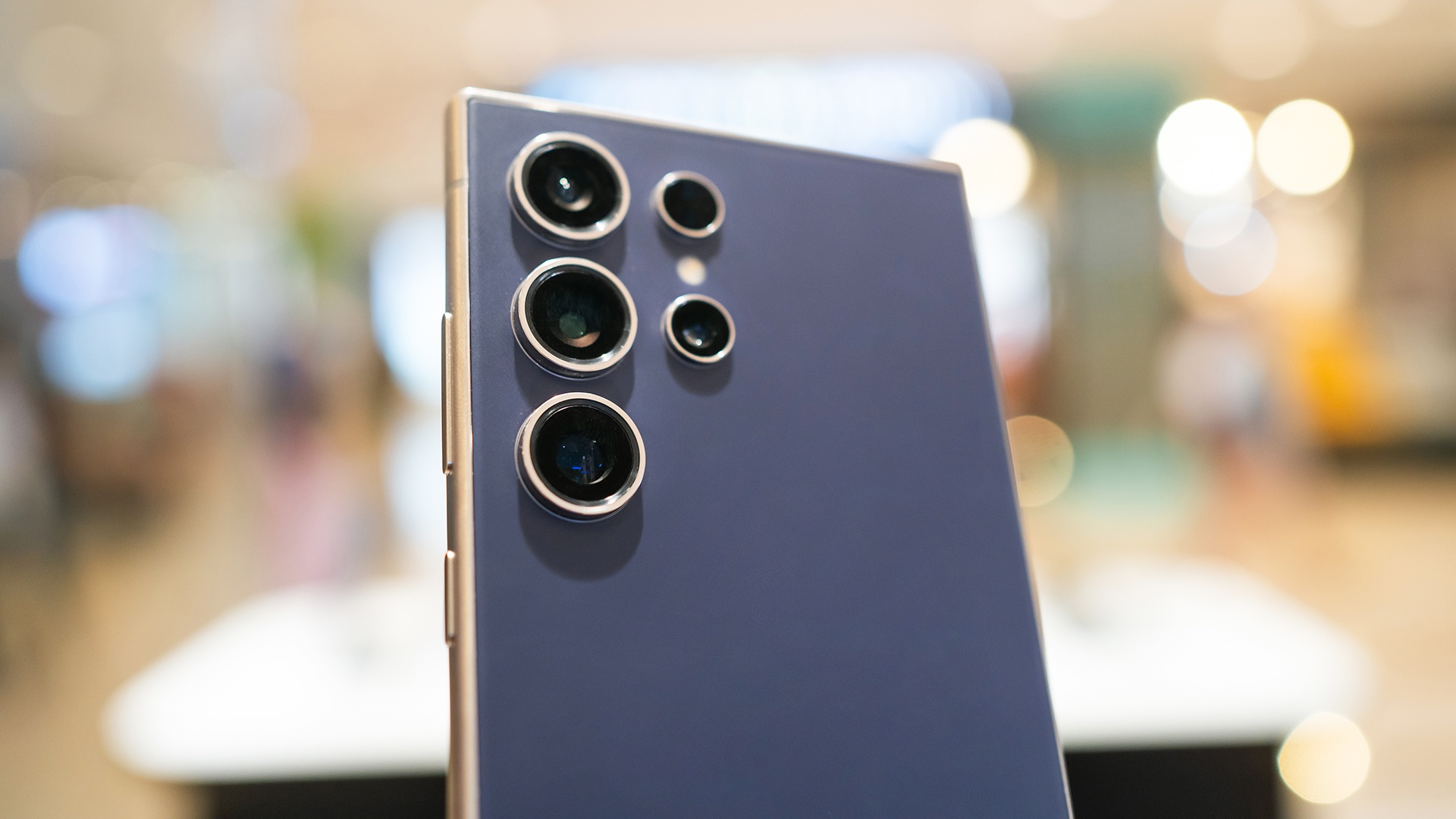There are three levels of Street Fighter II player: those who press any button hoping for the best, those who master the special moves and those who know that when you grab using the kick with Ryu you throw the enemy and when you do it with Ken you do two somersaults during the process. Despite this, and other details, Capcom insisted for years, over decades, that none of the fighters had a real advantage over the other. It was a lie, and they knew it.
Ken Masters is better than Ryu. At least, in the Street Fighter II original. And this is not an opinion or something that depends on the player’s experience, nor does it have to do with the background of each character. In fact, making this little tidbit official was something that Capcom explicitly prohibited the development team from: the producer Yoshiki Okamoto He had to put on a poker face and claim that neither was stronger than the other. And so it was until July 2020.
through your own canal de YouTubeOkamoto decided to settle the debate that had been open for decades, and no wonder: in Street Fighter II Both characters had the same attacks and their sprites only differed in hair color, outfit, and some other animation. So Ken is supposed to be stronger? Well, as you will see The thing is not so simple.
According to Okamoto, Capcom made this discovery during the game’s testing phase by facing the iconic rivals in automatic mode and seeing that the proportion of American victories was higher. What’s more, already in those times and during interviews, the game producer himself was bluntly asked if Ken was stronger, and although he was obliged to say that they were equal, he told the truth when stating that none of them were “stronger” than him. other. But that answer had a trick.
In all honesty, there is a nuance to consider: the key to Okamoto’s response and the secret behind Ken’s advantage was not in hitting harder, a unique technique or having some kind of trap that would more dangerous, but quite the opposite: Ryu was weaker. Because?
Ryu’s secret: a weak point that only existed in Street Fighter 2
Street Fighter II It was not the first fighting game. In fact, as you can guess from its name, it is a sequel. However, it set a new standard through its gameplay. Being the reference, many things were learned on the fly, so elements such as attacks, graphics or game mechanics were added and removed in previous versions of the one that will reach the arcades. One of these mechanics was called Core.
The concept of Core is simple: offer the feeling of big risk for big reward. The way in which special attacks were performed in a version prior to the one that reached arcades in 1991 gave all the characters a weak point that consisted of instant exposure and high vulnerability, so that if the opponent manages to hit When an attack is made, a large damage penalty is taken. Logically, if the attacker fails he is overwhelmed by the technique.


Animations of Ryu’s Shoryuken in Street Fighter II
As expected, Core was not liked by the Capcom offices and was removed from all the characters… Salvo de Ryu. Not always, mind you, but in a very specific circumstance: according to Okamoto this occurred after being stunned and performing a Shoryuken (or Dragon Fist), so that when damaged his health bar showed a disproportionate amount of damage.
Needless to say, this weakness was not intentional, and was an internal secret for decades. Ken also had it, like the rest of the characters, but it was removed before the release of the game, so the developers forgot to “deactivate” it in the case of Japanese, which led to two conclusions: Street Fighter II
…And yet, Zangief was intentionally evil
This problem would not happen in current fighting games: as soon as the case was known, an update would be enough and, already, it would be used to correct several things and add new content, modes, special attacks, mechanics… Thirty ago For years you had to buy a complete game to eliminate these kinds of problems, although all the new characters were included and now it’s time to buy them separately. If we really love them, of course.
However, if you once thought that the Red Cyclone was bad in Street Fighter II It has a reason: Capcom intentionally made it worse and worse until the game was released.
Zangief was based on a real fighter, exactly like Balrog and Mike Tyson, which quickly attracted the attention of players during the testing stages: at a time when online betas were not held, almost finished versions were produced. to local and recreational venues to see what worked best, what they liked, and possible complications. The Russian problem? It was too good.


In those versions, once you mastered it you were unstoppable. There was a player who won 85 games in a row, and what’s worse: his rivals were increasingly frustrated when facing him. The first solution proposed by Okamoto was to bring in people from Capcom who were already experts in the game and take it down a notch, but they also ended up suddenly defeated.
In retrospect, that could ruin all the work of Street Fighter II, so Okamoto cut his losses and weakened him as much as he could. So the Zangief we met in that first version is so bad because of a single person who discovered how powerful he could be.
The case of Chun Li was similar, although in the opposite sense: Okamoto wanted it to be used a lot since it was enormously popular, so options were implemented so that everyone could use it. The particular thing here is that, in one way or another, Ryu and Ken’s style ended up being the new standard on which all fighting games that followed their path will revolve, so that titles like The King of Fighters, Killer Instinct or Mortal Kombat had someone who did very similar moves. The “shotoclones” had arrived.
How “shotoclones” gave way to two different styles of play
To say that Street Fighter II was a great success is an understatement: that phenomenon and its iconography is still present in our daily lives and even its impeccable sensations are the fundamental pillars of all the sequels that came later and those that followed its path. The most curious thing: with each new installment, Ryu and Ken not only improved, but The differences between them were increasing.
To put it in perspective, in Street Fighter Alpha 2 there were up to five characters that used very similar techniques: to the aforementioned Ryu and Ken we had to add powerful Akuma who debuted in SSF2 Turbo, a Sakura who gracefully and somewhat clumsily imitated Ryu’s movements, although she was dressed as a Japanese schoolgirl; and a Dan who shamelessly parodied the phenomenon of “shotoclones”, the Ryu imitators that were used in more and more competing games and, more specifically, those of SNK.


Final of Ken and Ryu in Street Fighter Alpha
However, and this is the essential thing, they all had a unique style. And both Ryu and Ken offer two different philosophies of play. Something that is palpable in Street Fighter 6.
- Ryu is a fighter without weaknesses and perfect for all distances. It rewards both discipline and patience, and always has the resources to strike at the right moment and, from there, develop different types of strategies.
- Ken is much more aggressive and dynamic, capable of taking the reins of battle at the slightest oversight or dragging his opponent into his game to blast him mercilessly. Especially rewarding those players who take the initiative.
As a result, Ryu and Ken remain favorites among the majority of players due to the same premise that became Street Fighter II a success: understanding them is simple, but mastering them requires many, many games.
And looking at their usage statistics, there is a special predisposition for both and something that seems to have not changed for more than 30 years: Ken is still a little more dangerous than Ryu. Or maybe it’s that the Japanese is a little weaker?
In iGamesNews | The best fighting games: from Killer Instinct to Street Fighter 6
In iGamesNews | The amazing evolution of the kings of fighting: from the decline of the classic sprite in the arcades to the great online tournaments










